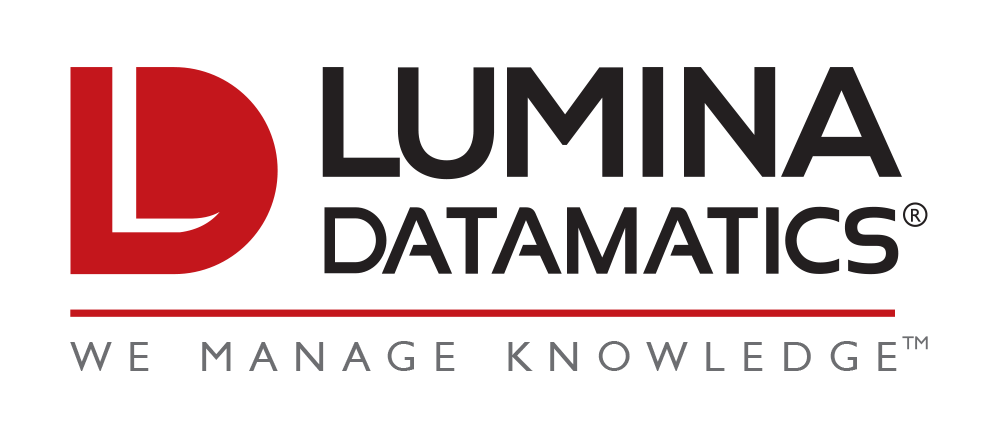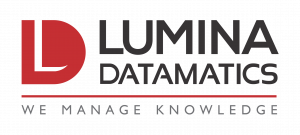Sure, meetings are an essential part of work life. Meetings create opportunities for collaboration and innovation, build relationships, and allow for an exchange of information. However, are all meetings truly productive? According to an article from cnbc.com, about 67% of workers indicate that excessive meetings prevent them from getting their work completed. So, as a manager, how do you ensure that the meetings you host are productive, and not a waste of your employees’ time? Consider the following tips, based on Lumina’s decades of project management experience with a variety of clients:
- Schedule meetings only when absolutely necessary.
Before you set up that meeting invitation, ask yourself: “Do I really need to call a meeting to discuss this?” Meetings can be beneficial; however, if you don’t have a clear objective, they can be a waste of time and productivity. In addition, meetings can be expensive. If you take the hourly wage of your attendees multiplied by the number of attendees, and then by the number of hours you spend together—well, the costs add up. So, before you schedule a meeting, ask yourself:
-
- Do we need to collaborate or brainstorm ideas?
- Do I have a company update to share?
- Do I have information to share about a new project, client, or workflow?
- Do I have a clear agenda?
- Could I summarize the salient points in an email just as easily as in a meeting?
- Consider your attendee list.
Before you send that meeting invitation to your entire distribution list, consider who actually needs to be in attendance in order to achieve your objective. Limit your meeting to just those invitees, setting them as required or optional as appropriate. This will allow the rest of your staff more time to focus on essential work. And think about the costs you will be saving too!
- Set an agenda.
Once you have established the objective of your meeting, draft an agenda and share it with your attendees a couple of days prior to the meeting. This will give people time to review the agenda, confirm that they should be in attendance, and come prepared with feedback, solutions, and so on. If you cannot share an agenda prior to the meeting, do start your meeting with some sort of verbal outline of what will be discussed so that your attendees know why they are there. (Note, if you are unable to even come up with an agenda, chances are you don’t need to hold a meeting.)
- Consider the length of your meeting.
Once you have determined the objective of your meeting and created an agenda, think about how long you will need to cover your points and engage your team in productive conversation. Schedule your meeting for the appropriate amount of time. Typical meeting run times are either 30 or 60 minutes. Attendees tend to fade after the 30-minute-mark, so think of ways you can keep folks active and engaged. If your meeting needs to run longer than 1 hour (for instance, if you need to engage in a brainstorming session), give your attendees a 5–10-minute break halfway through.
- Schedule wisely.
Just because your attendees all have availability to meet at 12pm on a Tuesday or 4pm on a Friday does not mean you should schedule meetings during those times. Think about the best time to have your meeting. You may want to schedule your meeting for a mid-morning time slot, when your employees have the most energy and focus. Or perhaps an early afternoon meeting might be better, considering your staff will be refreshed after lunch. The timing of your meeting is crucial to achieving the maximum amount of engagement. Also, take into consideration potential deadlines when scheduling your meeting. It’s important that attendees have sufficient time to complete any takeaways from the meeting, without having to put in overtime in order to do so.
- Be respectful of your team members’ time.
There is nothing more frustrating than waiting around for a host to begin a meeting. Start your meeting on time, even if all attendees are not yet present. Ending on time is equally important. However, try the following: if your meeting would normally run a full hour, set your invite for only 55 minutes. That will give your staff 5 minutes before their next meeting (if they have one) to take a bio break, grab a snack, or fire off a quick email.
- Avoid the crickets.
A topic near and dear to my heart: how to avoid what I call “the crickets”—those times during a meeting when you try to engage your participants to no avail. Here are a few suggestions to avoid those periods of complete silence:
-
- Encourage your attendees to take notes by hand: This might be a bit of an “old-school” approach, but it prevents folks from opening up their laptops and getting distracted by emails.
- Assign pre-work: This option works well when you distribute the agenda ahead of the meeting. Ask your team members to review the agenda and bring their questions to the meeting. You might even consider having them post their questions in a shared document that you can bring up on the screen during the meeting.
- Create breakout groups: Break team members into groups to have them work on a specific task, then reconvene to share findings with the entire group. This works particularly well in brainstorming sessions.
- Break your meeting into sections: If you can, break your meeting up into short sections and assign a different presenter to each section. That way, your team members’ attention will be piqued when a new presenter takes over, which may lead to increased engagement and participation.
- Don’t be afraid to put topics in the “parking lot.”
It is a fairly common occurrence during meetings for a single attendee to derail your agenda to somewhere out in left field. In those instances, not only is precious time lost, but your team members’ focus dwindles to the point where it can’t be recovered. Although those conversations can spark some great ideas, if they aren’t part of your agenda, you need to speak up. As the host, it is your duty to stick to the agenda you laid out prior to the meeting. And if someone chimes in with a topic outside that agenda, you should feel comfortable saying “That is a really interesting idea! It’s not part of our agenda though, so I’d like to put that in the parking lot for the time being, and we can schedule some time to follow-up on that at a later date.”
- End your meeting with a plan of action.
Keep yourselves accountable! Make sure you save a few minutes at the end of your meeting to discuss next steps, assign task owners, and determine dates by when those tasks need to be completed. If you have moved any items to the parking lot, discuss next steps regarding those topics as well. It is important that your team members leave the meeting with a sense of accomplishment and purpose—otherwise they will feel their time has been wasted.
Running a productive meeting is a bit of an artform. It takes preparation, careful consideration, focus, a little bit of ingenuity, and lots of practice. Taking into account these 9 tips takes time—but it will be time well spent in the long run.
Interested in learning more about Lumina’s approach to project management? We want to hear about it! Email our team to learn more about how our team can help with your project needs or visit our website to learn more about Lumina Datamatics.





Very solid outline!!! Thank you.